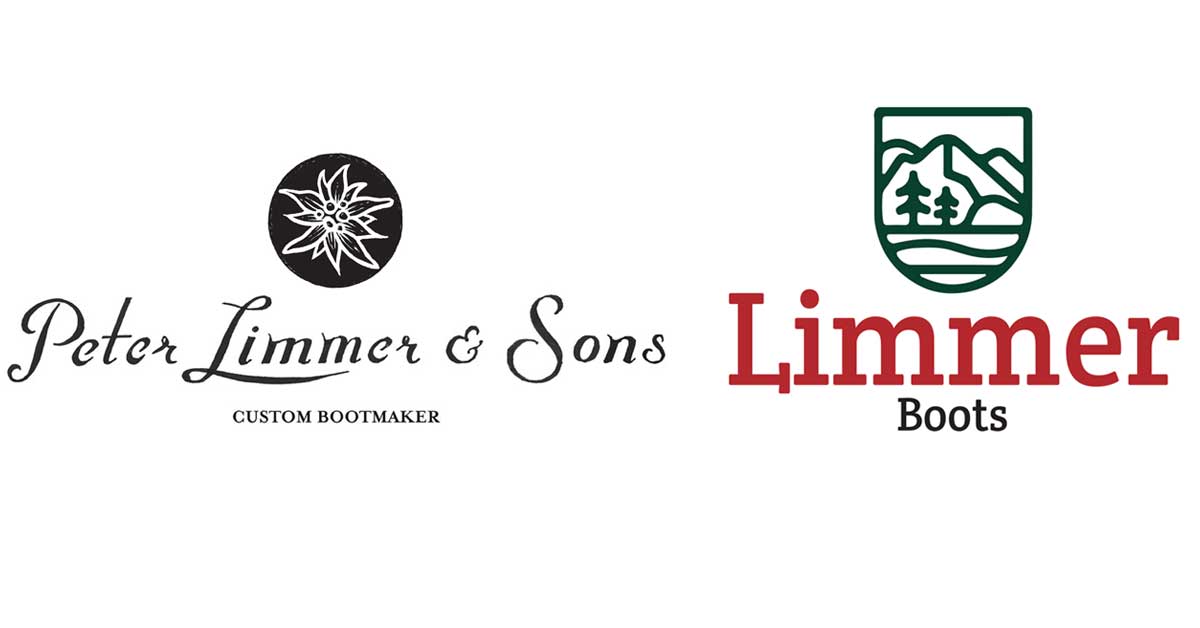- Time of past OR future Camino
- Frances 2022
I am having some custom orthotics made, and then looking for some trail runners for my upcoming Camino.
The assistant to the podiatrist said I should get shoes that have removable arch supports, so they don't interfere with the new orthotics. Most shoes nowadays have either permanent or removable inserts.
I'll ask the podiatrist at the appointment, but wonder if anyone here has suggestions for particular brand/model trail runners that are good for orthotics? I have both flat feet and arthritic problems with my large toe joints.
Thank you.
The assistant to the podiatrist said I should get shoes that have removable arch supports, so they don't interfere with the new orthotics. Most shoes nowadays have either permanent or removable inserts.
I'll ask the podiatrist at the appointment, but wonder if anyone here has suggestions for particular brand/model trail runners that are good for orthotics? I have both flat feet and arthritic problems with my large toe joints.
Thank you.




















